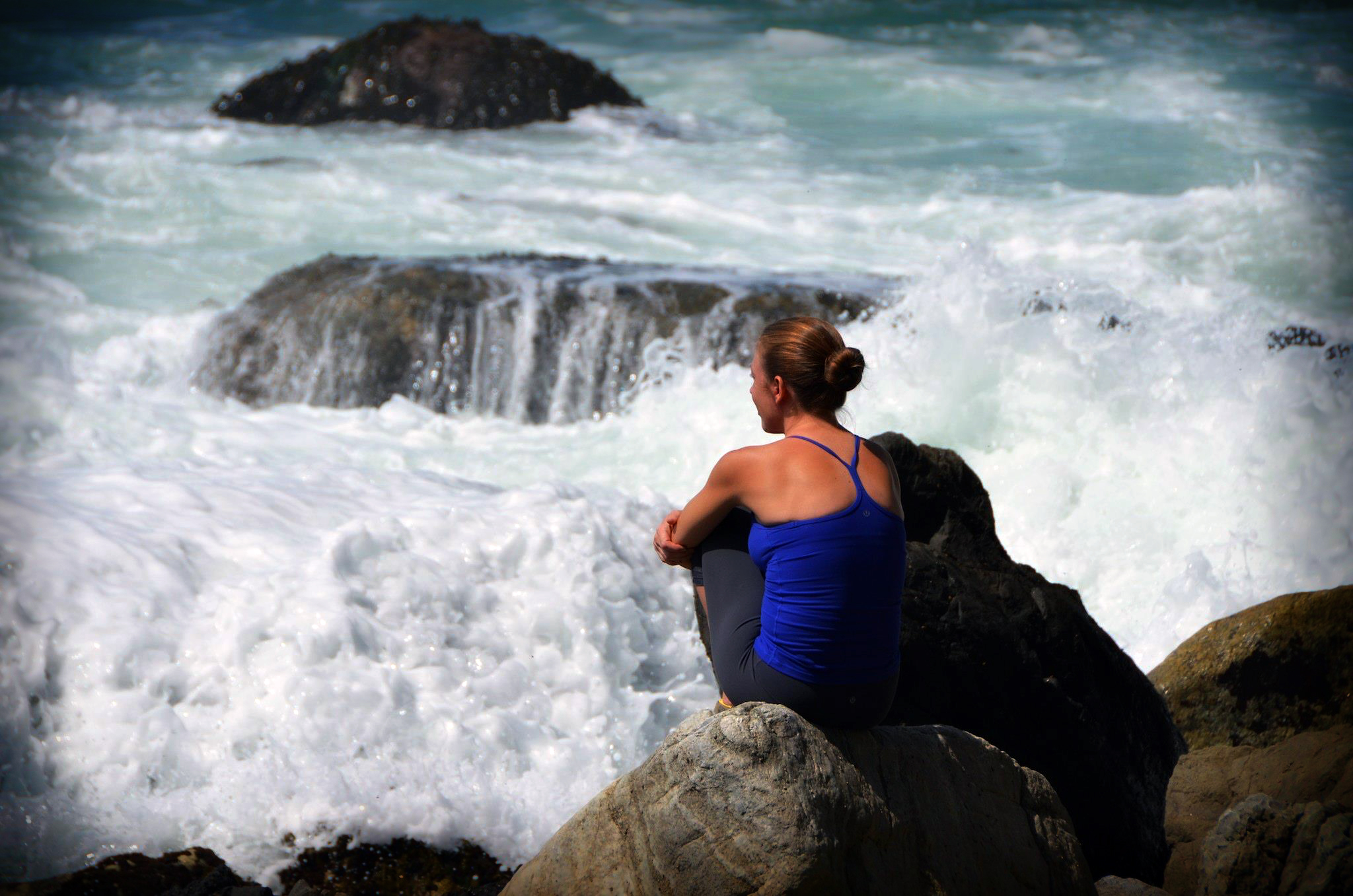How many yoga teacher training hours do you need? The answer is quite simple... as many as you can get. I am a brand spanking new 500 hour level graduate of Authentic Yoga Teacher Training at Dave's Ashtanga Yoga in Scottsdale, Arizona. After graduating from my 200 hour teacher training, I gave some thought to best time to pursue my 500 hour certification. I was advised to go out and teach for 6 months or a year, practice what I had learned, then consider a 300 hour program. It was great advice. This time around, I haven't asked whether I should consider more teacher training because I already know the answer. Absolutely!
In your first teacher training, you learn how to practice yoga properly by learning how to teach it. Then, most likely, you go out into the world looking for anyone who will let you teach them. Bless those people. You will make all kinds of blunders with them before you begin to discover your own ease and grace. Be open to feedback. Your students are your teachers, too.
After you've fumbled around enough to begin to know what you're doing, head back for another teacher training.
A 300 hour program is great. The more time you commit, the more time the information has to sink in. And it's a lot of information! Now that you know how to instruct asana, it's time to delve deeper into yoga. Find a program that will teach you about the Yoga Sutras, Bhagavad Gita, Ayurveda, Sanskrit, the Ramayana. Those teachings will save you from falling into the masses of new-agey yoga teachers who spend the whole class reminding you to "Open your heart and mind to the flowing peace and love of the earth while raising your vibration and finding your soul in your inner-upper left heart chakra".
Then you can start teaching yoga- the cessation of the fluctuations of the mind. It's not flowery or particularly comfortable, but you will heal people. And in doing so you will also heal yourself.
I'd love to tell you how your next teacher training refines you, but I haven't had the personal experience to share with you beyond 500 hours.
My speculation is that with each concerted effort to improve your teaching, you will further absorb the very lessons you hope to share with your students. What could be more gratifying than passing along your knowledge? How about expanding the pool of knowledge you make available to your students? I plan to do another teacher training. I hope to do 10 more teacher trainings. I'm beginning to feel a pull towards India!
All teacher training programs are not created equally. Do your research. Some questions to ask: Who teaches the program? Who are the teachers' teachers? Do they speak/teach Sanskrit? How long have they been teaching? What style/styles do they teach? Do they cover the eight limbs of yoga in depth? If you find a studio that is driven less by profit and more by a true desire to educate, you have found a rare gem. That's who you want to train you. That's not to say that successful studios are bad in any way. Just make sure that monetary profit and/or ego gratification are not your teacher's primary motivation.
Don't settle for geographical convenience either. If there's only 1 yoga studio in town, and it doesn't feel right to you, travel. It's not frivolous spending to travel for teacher training. So you skip next year's trip to Disneyland. The right teacher training is an investment that will repay you for a lifetime.
Having covered some unbiased bases on how to find the right studio, I would like to make a specific teacher training program recommendation. Dave and Cheryl Oliver own and operate Dave's Ashtanga Yoga in Scottsdale, Arizona. There you will find honest, compassionate, tireless teachers of Ashtanga Yoga and Vedic Chant. Your teachers and fellow students will readily welcome you into the fold and help you figure out how to best shine your light in a genuine and authentic way.
From the essential elements of teaching, to adjustments, pranayama, sanskrit, devanagari, Bhagavad Gita, Yoga Sutras, Upanishands, Ramayana, Ayurveda, yoga history, and oh yeah, expert first and second series ashtanga classes and workshops- Dave's Ashtanga yoga has earned a well-known and well deserved reputation as "Home" for Ashtangi's across the country.
Dave is the father of this vibrant North Scottsdale yoga family. He brings stories of the Ramayana to life and offers opportunities to chant throughout many asana classes Somehow he manages to keep ancient texts fresh and relate-able to a modern yogi's life. He's taught yoga for 30 something years and was a school teacher before he found yoga. Being adjusted by Dave feels something like a bear hug and a twist tie all in one. He is strong but gentle, and if you're ready to deepen your pose he will safely facilitate it for you. He takes extra time to help the men in his studio because he feels they are often overlooked for adjustments "out there in the wild". That's code for any studio that's not Dave's place. He even taught us the only Ashtanga-specific joke I know: "Why did the yogi do ardha vinyasa?" Wait for it... "To get to the other side!" Dave will guide you along your yoga path with humor, love, and invaluable yoga knowledge
If Dave is the father of the sangha (community) then Cheryl is the mother (although Dave just calls her his smokin' hot wife). She is Sarasvati incarnate. Her role at Dave's Ashtanga Yoga is equally important as Dave's. She is the driving force that keeps the school running smoothly behind the scenes and the loving teacher of all things sanskrit. She encourages you to make mistakes and be heard making them. If she can hear them she can help you fix them. Her "two rules of chant class" follow me through tough days when I need them. The first rule is: Just get going. The second rule is: Just keep going. She is gentle but firm, and not afraid to set you straight when you need it. After many years of learning and teaching the language and texts of yoga, she continues to further her education with additional teacher training. Along with her expertise in the language of yoga, Cheryl is also a wonderful asana teacher. Her adjustments are heavenly!
Not surprisingly, the community that has formed around these teachers is warm, friendly, lively and supportive. We make fast friends and keep them forever. We support each others various work within the community and in some cases, across the planet. We celebrate each individual's strengths. For the most part, gossip and typical yoga studio social drama just doesn't happen at Dave's.
We are a pretty happy bunch of yogis. Who could blame us?
There are too many great things about Authentic Yoga Teacher Training to list here, so I encourage you to seek out more information from them. Visit http://www.davesastangayoga.com/ for details about their program.
Whichever program you choose, I congratulate you on the journey. Yoga teacher training can be a whole new world of self-discovery and immersion in a healthy community. There will never come a day when you regret accumulating too many hours!






